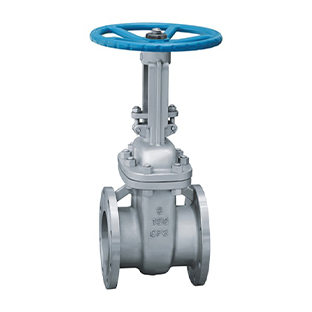round flange
Understanding Round Flanges A Key Component in Piping Systems
Round flanges are integral components in various piping systems across industries, providing a reliable method for connecting pipes, valves, and other equipment. They come in different materials, sizes, and thicknesses, offering flexibility and adaptability for specific applications. Understanding the role and types of round flanges can enhance efficiency and safety in both industrial and commercial settings.
Definition and Purpose
A round flange is a circular piece of metal that features a protruding rim or lip. This design serves a dual purpose it provides a stable area for bolting together with another flange and ensures a secure seal between two components. The primary function of a round flange is to facilitate the connection of pipes and fittings, allowing for easy assembly and disassembly. This is particularly useful in systems requiring regular maintenance or modification.
Types of Round Flanges
Round flanges vary widely based on their material, design, and application. Some common types include
1. Weld Neck Flanges These flanges have a long tapered neck that allows for welding directly to the pipe. This design is beneficial for high-pressure applications, as it reduces stress at the weld joint.
2. Slip-On Flanges Designed to slip over the pipe, these flanges are welded both on the inside and outside for strength. They are easier to align and install, making them popular in low-pressure applications.
3. Blind Flanges Used to seal the end of a pipe or vessel, blind flanges do not have a hole in the center, preventing any fluid from passing through. They play a crucial role in creating pressure in a system and are often used in maintenance and inspection.
round flange

4. Socket Weld Flanges These flanges are designed for use with pipes that are inserted into the flange socket. They are commonly used in high-pressure piping systems.
5. Threaded Flanges Featuring internal threads, these flanges screw onto the pipes, eliminating the need for welding and allowing for easy assembly and disassembly.
Applications
Round flanges are found in a wide range of sectors, including oil and gas, water treatment, chemical processing, and construction. Their versatility allows them to handle various fluids and gases, making them suitable for both high and low-pressure systems. In addition, industries that require quick assembly, disassembly, or regular maintenance benefit significantly from the use of round flanges.
Standards and Specifications
Various organizations establish standards for the manufacturing and testing of round flanges to ensure safety and reliability. The American National Standards Institute (ANSI), the American Society of Mechanical Engineers (ASME), and the International Organization for Standardization (ISO) are some of the key bodies that provide guidelines on flange dimensions, materials, and pressure ratings.
Conclusion
In summary, round flanges are essential components in modern piping systems, offering secure and efficient connections. With numerous designs and types available, they cater to diverse industrial needs. Understanding their characteristics and applications is crucial for engineers and maintenance professionals alike, ensuring that fluid and gas systems operate safely and efficiently. By selecting the appropriate round flange for a specific application, one can optimize performance while minimizing the risks associated with leaks and failures. As industries continue to evolve, the importance of reliable connections like round flanges will remain paramount in achieving operational excellence.
-
The Key to Fluid Control: Exploring the Advantages of Ball Valves in Industrial SystemsNewsJul.09,2025
-
The Versatile World of 1, 2, and 3 Piece Ball ValvesNewsJul.09,2025
-
Stainless Steel Ball Valves: The Ideal Choice for Efficient Flow ControlNewsJul.09,2025
-
Optimizing Fluid Control with Ball Float ValvesNewsJul.09,2025
-
Manual Gate Valves: Essential for Control and EfficiencyNewsJul.09,2025
-
Everything You Need to Know About Butterfly ValvesNewsJul.09,2025
-
The Versatility of Wafer Type Butterfly ValvesNewsJul.08,2025




